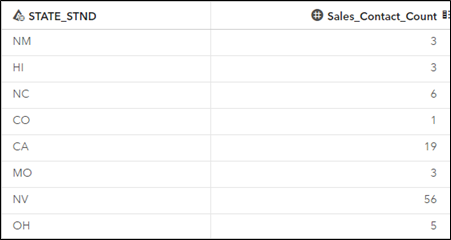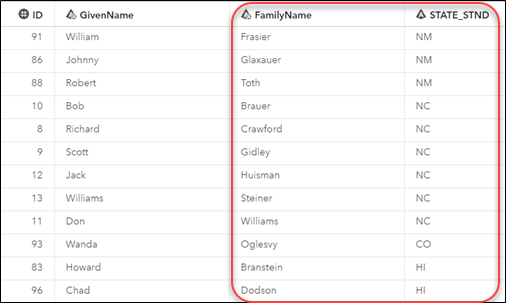SAS Data Studio is a new application in SAS Viya 3.3 that provides a mechanism for performing simple, self-service data preparation tasks to prepare data for use in SAS Visual Analytics or other applications. It is accessed via the Prepare Data menu item or tile on SAS Home. Note: A user must belong to the Data Builders group in order to have access to this menu item.
In SAS Data Studio, you can either select to create a new data plan or open an existing one. A data plan starts with a source table and consists of transforms (steps) that are performed against that table. A plan can be saved and a target table can be created based on the transformations applied in the plan.

In a previous blog post, I discussed the Data Quality transforms in SAS Studio. This post is about the Code transform which enables you to create custom code to perform actions or transformations on a table. To add custom code using the Code transform, select the code language from the drop-down menu, and then enter the code in the text box. The following code languages are available: CASL or DATA step.

Each time you run a plan, the table and library names might change. To avoid errors, you must use variables in place of table and caslib names in your code within SAS Data Studio. Indicating variables in place of table and library names eliminates the possibility that the code will fail due to name changes. Errors will occur if you use literal values. This is because session table names can change during processing. Use the following variables:
- _dp_inputCaslib – variable for the input CAS library name.
- _dp_inputTable – variable for the input table name.
- _dp_outputCaslib – variable for the output CAS library name.
- _dp_outputTable – variable for the output table name.
Note: For DATA step only, variables must be enclosed in braces, for example, data {{_dp_outputTable}} (caslib={{_dp_outputCaslib}});.
The syntax of “varname”n is needed for variable names with spaces and/or special characters. Refer to the Avoiding Errors When Using Name Literals help topic for more Information. There are also several automatic DATA step variables you can use in your DATA Step code.

The CASL code example above uses the ActionSet fedSQL to create a summary table of counts by the standardized State value. The results of this code are pictured below.

For more information on the available action sets, refer to the SAS Viya 3.3: System Programming Guide. For more information about CASL, refer to the SAS® Cloud Analytic Services 3.3: CASL Reference guide.

In this DATA step code example above, the BY statement is used to group all records with the same BY value. If you use more than one variable in a BY statement, a BY group is a group of records with the same combination of values for these variables. Each BY group has a unique combination of values for the variables. On the CAS server, there is no guarantee of global ordering between BY groups. Each DATA step thread can group and order only the rows that are in the same data partition (thread). Refer to the help topic BY-Group Processing in the CAS DATA Step for more information. The results of this code are pictured below.

For more information about DATA step, refer to the Dictionary of SAS DATA Step Statements help topic.
In my next blog post, I will review some more code examples that you can use in the Code transform in SAS Data Studio. For more information on SAS Data Studio and the Code transform, please refer to this documentation.
